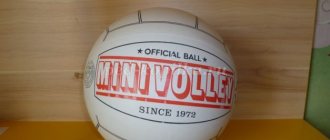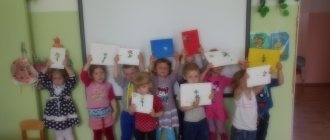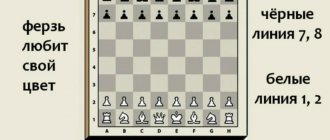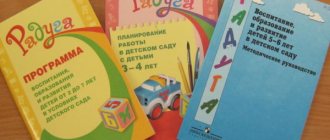How to sculpt with a baby?
When working with plasticine or other materials for modeling, you must be close to the child, and not only monitor his work, but also sculpt with him.
You shouldn’t expect much from the baby; he is just beginning his acquaintance with new material. Choose activities according to the child's age.
Choosing the color of plasticine
Let your child choose a color, just don’t offer many options, two are enough.
Do not impose your opinion on him; it may not coincide with the child’s preferences.
How to knead plasticine?
Start kneading the material, you are your piece, the child is yours, let him see what you are doing and try to repeat it himself. When the plasticine is ready, you can start sculpting.
Where to start sculpting?
Simple tasks, to begin with, will be enough for the child to become interested in this type of creativity. Let him pinch off a piece and show him how to make a cake out of it. There are plenty of simple ideas for what you can do with plasticine, and some of them are described below.
Types of plasticine
As soon as the research results were made public, many leading enterprises specializing in the production of educational materials for children's creativity began to develop new lines of these products. Fortunately for consumers, the following types of plasticine are now available:
Modelin
- this word denotes ordinary plasticine in blocks, well known to many, which consists mainly of wax or paraffin and is painted in different colors. In turn, it is divided into three types depending on hardness and is used for various purposes. For example, the hardest plasticine is well suited for modeling and making various kinds of sketch designs, while the softest plasticine is designed specifically for young children so that they can engage in modeling.
Air plasticine
- this is a kind of modeling mass, which is very soft and pleasant to the touch, somewhat reminiscent of a starchy surface or velvet. It is very pleasant to work with such plasticine. However, it must be stored airtight, since in the open air it completely hardens and becomes unsuitable for modeling. This plasticine is ideal for crafts that you would like to keep as a souvenir or give to someone as a souvenir.
Ball plasticine
- has a special texture. This type of plasticine is a mixture of an adhesive base, small foam balls and a coloring pigment. Ball plasticine mixes well, you can create different shades yourself. Working with such material is very useful for young children.
In addition, there is another type - homemade plasticine
- these are masses (dough) for modeling, made at home from available ingredients. It is no less popular among children and adults than the factory one.
In addition to coloring matter, plasticine may contain glitter, which makes it more attractive and original. There is also flavored plasticine, but when using it, adults need to be as concentrated as possible, since there is a danger that kids will want to taste such alluring plasticine.





